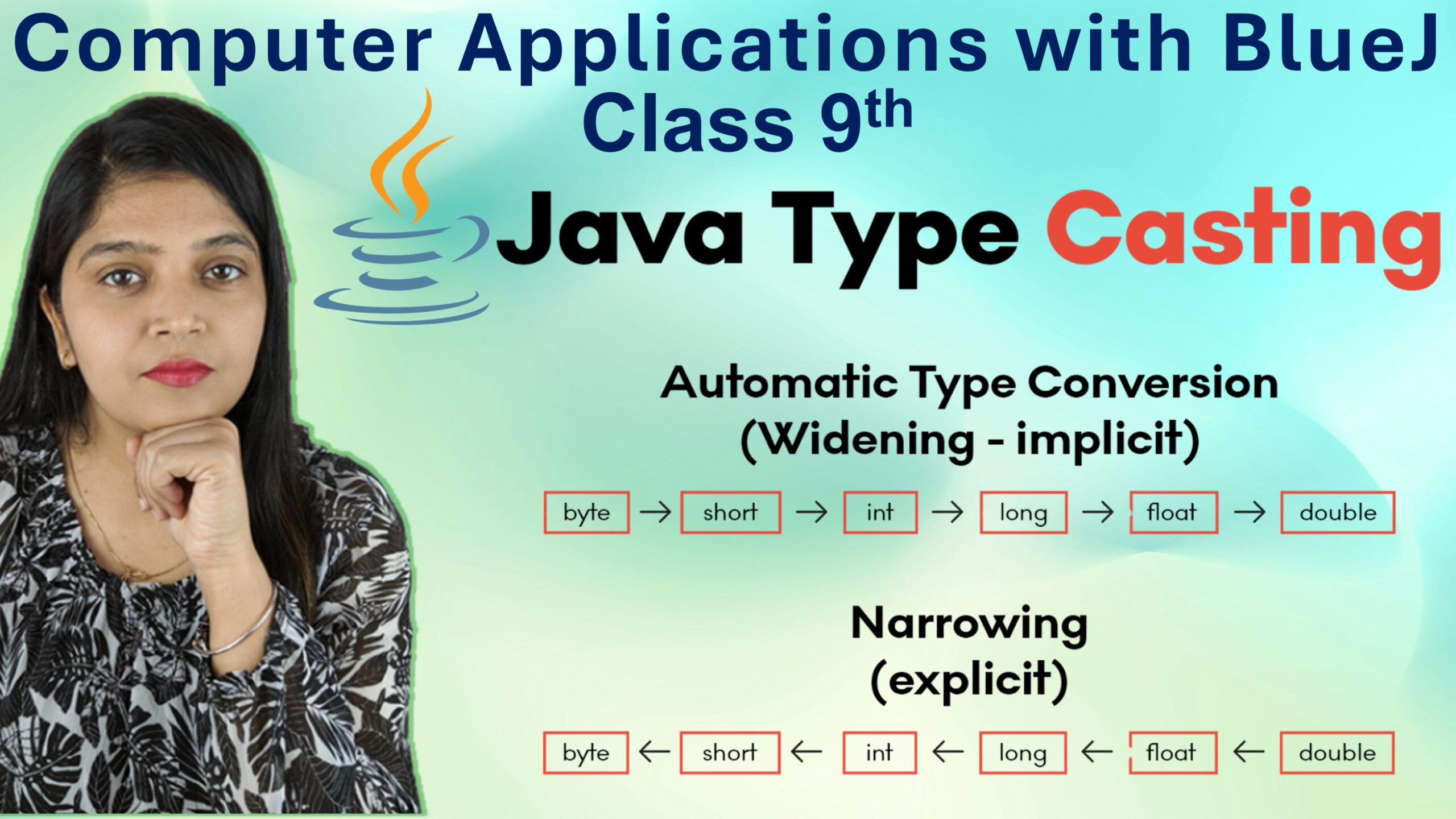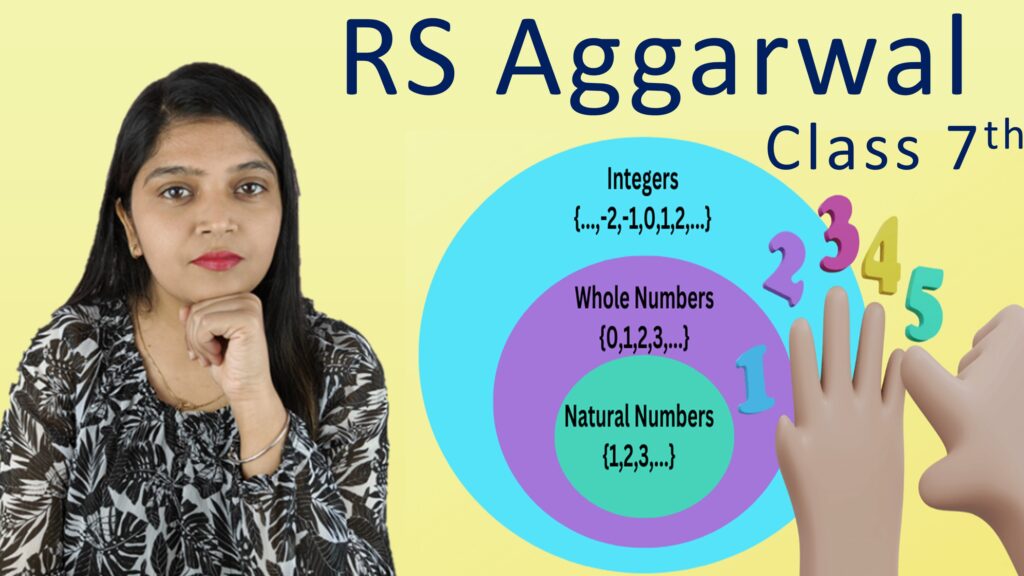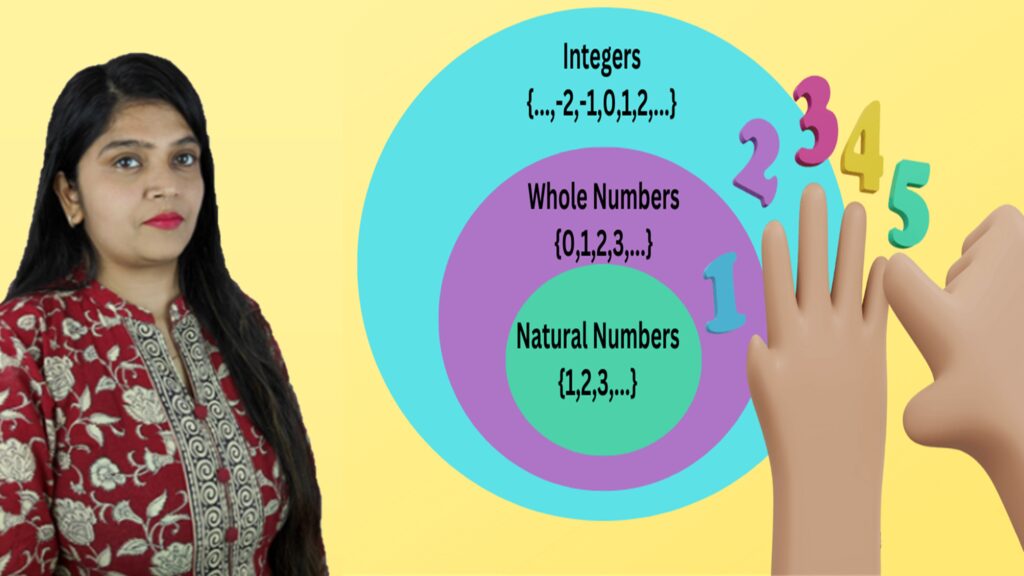Imagine pouring water from a big jug into a small glass. Sometimes the water fits perfectly and sometimes it spills if the glass is too small. Similarly, in daily life we often try to fit one thing into another.
In Java, this process of converting one type of data into another is called Type Casting.
Type Casting
Type Casting in Java means converting a variable of one data type into another data type. For example: changing an int (whole number) into a double (decimal number) or vice versa.
int num = 10;
double d = num; // int is converted to doublePurpose of Type Casting
- To make different types of data work together in expressions.
- To save memory by converting larger data types into smaller ones.
- To increase flexibility when handling numbers and objects.
Why Type Casting Matters in Java?
Java is a strongly typed language, which means every variable has a specific type. You can’t directly mix different data types (like int + string or int + double) without conversion.
Type Casting allows Java to:
- Avoid errors in calculations.
- Allow safe conversion between types.
- Make programs run smoothly when mixing data types.
Types of Type Casting in Java
1. Implicit Type Casting (Widening Conversion):
A lower data type is converted into a higher one by a process known as widening type casting.
- Done automatically by Java.
- Converts a smaller type into a larger type.
- No data is lost.
Example:
int x = 100;
double y = x; // int automatically converted to double2. Explicit Type Casting (Narrowing Conversion):
A higher data type is converted into a lower one by a process known as narrowing type casting.
- Done manually by the programmer using (type).
- Converts a larger type into a smaller type.
- May lose data.
Example:
double d = 99.99;
int i = (int) d; // double converted to int, fractional part lostDifference between Implicit and Explicit Type Casting
| Aspect | Implicit Casting (Widening) | Explicit Casting (Narrowing) |
| Definition | Automatic conversion of a smaller data type into a larger data type. | Manual conversion of a larger data type into a smaller data type. |
| Who Performs It? | Done automatically by the Java compiler. | Done manually by the programmer. |
| Syntax | No special syntax needed. | (type) value must be used. |
| Risk of Data Loss | No risk of data loss. | Possible data loss (e.g., decimal part removed). |
| Conversion Direction | Small → Large (e.g., int → double) | Large → Small (e.g., double → int) |
| Also Called | Widening Conversion | Narrowing Conversion |
| Example | int a = 10; double b = a; | double x = 9.7; int y = (int) x; |
Final Thought on Type Casting
Type Casting in Java is like a bridge between data types. It makes sure that values of different types can work together smoothly in calculations and operations. By understanding when to use implicit and explicit casting, you can write error-free and efficient programs.
If you’re thinking of learning programming, Java is a great place to start!





Leave a Comment